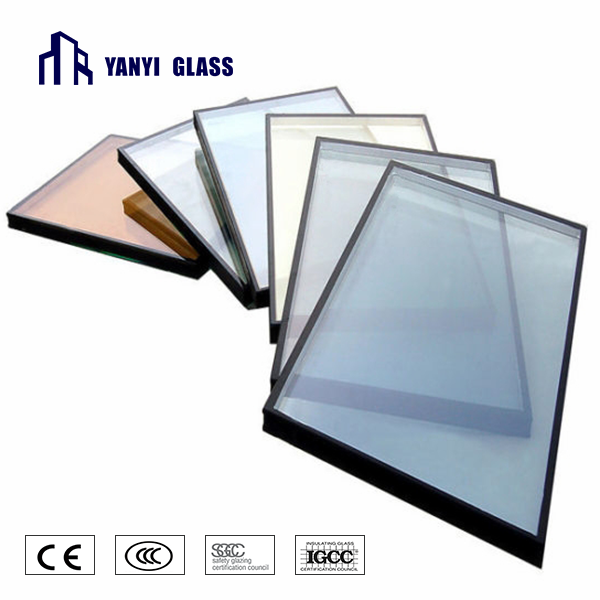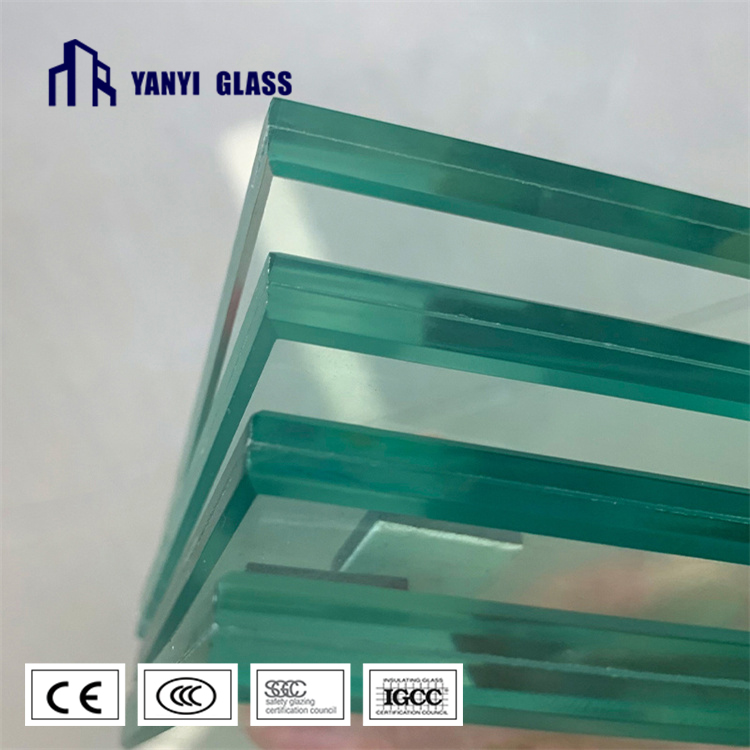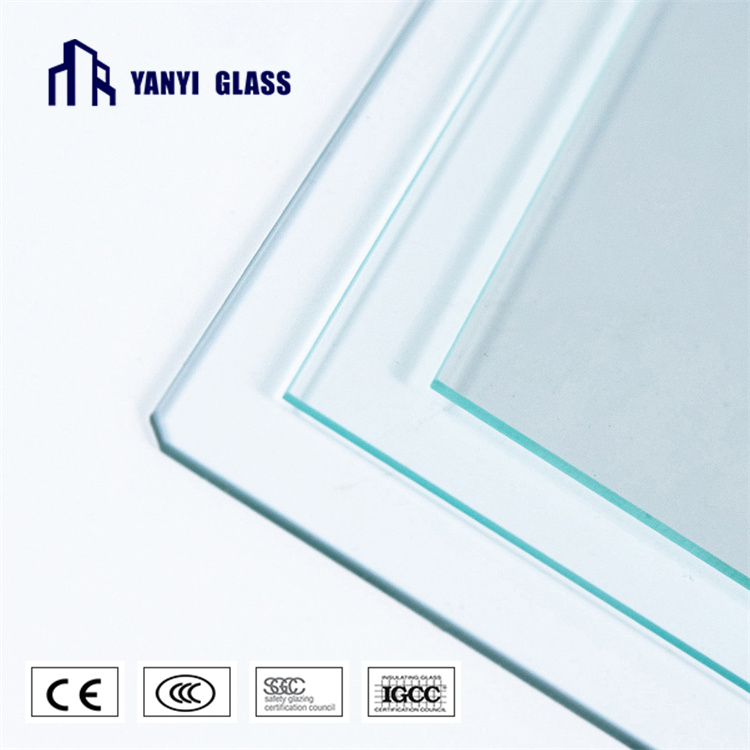The Future of Sustainable Building and Glass: The Role of Products in Environmental Goals
TIME: 2024-09-20 READ: 223 AUTHOR:
As the world moves toward a more sustainable future, the construction industry is increasingly adopting eco-friendly practices. Glass, as a key building material, plays a critical role in achieving sustainability goals. Modern trends emphasize energy efficiency, durability, and green solutions, and glass products such as insulated glass, laminated glass, and Low-E glass are at the heart of this transformation.
The Shift Toward Sustainability
Buildings account for a significant portion of global energy consumption and greenhouse gas emissions. As a result, green building initiatives like LEED (Leadership in Energy and Environmental Design) and BREEAM (Building Research Establishment Environmental Assessment Method) are gaining prominence. These programs emphasize the use of sustainable materials that minimize environmental impact while maximizing energy efficiency.
The Role of Glass in Sustainable Building
Glass has evolved beyond its traditional aesthetic role in architecture. Today, advanced glass products are designed to enhance energy efficiency, reduce carbon footprints, and improve indoor environmental quality. Below are some specific glass products and their contributions to sustainable construction:
Insulated Glass Units (IGUs): These products consist of two or more layers of glass separated by an air or inert gas-filled cavity, which significantly reduces heat transfer. Our high-performance insulated glass units offer excellent thermal insulation, effectively lowering a building’s heating and cooling energy consumption, thereby reducing energy use and carbon emissions.

Laminated Glass: Made by sandwiching layers of glass with PVB or SGP interlayers, laminated glass provides strength and safety. In addition to its ability to resist wind pressure and enhance safety, laminated glass offers sound insulation, which is especially beneficial in high-rise buildings and public facilities. It also provides a safer environment for occupants by minimizing injury risks in the event of breakage.
Low-E (Low Emissivity) Glass: This glass is coated with a microscopically thin layer of metal oxide that reflects infrared heat while allowing visible light to pass through. Low-E glass is particularly effective in improving energy efficiency, especially in colder climates. Our Low-E insulated glass units maintain indoor temperatures and reduce energy wastage while ensuring comfort.

Glass and Environmental Certifications
For construction projects striving to achieve strict environmental certifications, high-performance glass products are essential. For instance, our Low-E insulated glass units meet NFRC and IGCC certification standards, ensuring optimal energy efficiency and insulation performance. These certifications underscore the critical role our glass products play in green building projects.
The Role of Manufacturers in Environmental Goals
As a building glass manufacturer, we are committed to aligning our products with global environmental goals. By offering a range of sustainable materials such as insulated glass, laminated glass, Low-E glass, and tempered glass, we provide innovative green solutions to the construction industry. Additionally, we focus on reducing energy consumption in the manufacturing process and using eco-friendly materials for packaging and shipping to minimize our carbon footprint.

Conclusion
The future of sustainable building is closely linked to the materials used, and glass is at the forefront of this evolution. Products like insulated glass, laminated glass, Low-E glass, and tempered glass are instrumental in enhancing energy efficiency, reducing carbon emissions, and improving occupant comfort. As the construction industry continues to move toward a greener future, innovation in glass technology will be key to driving sustainable development.
